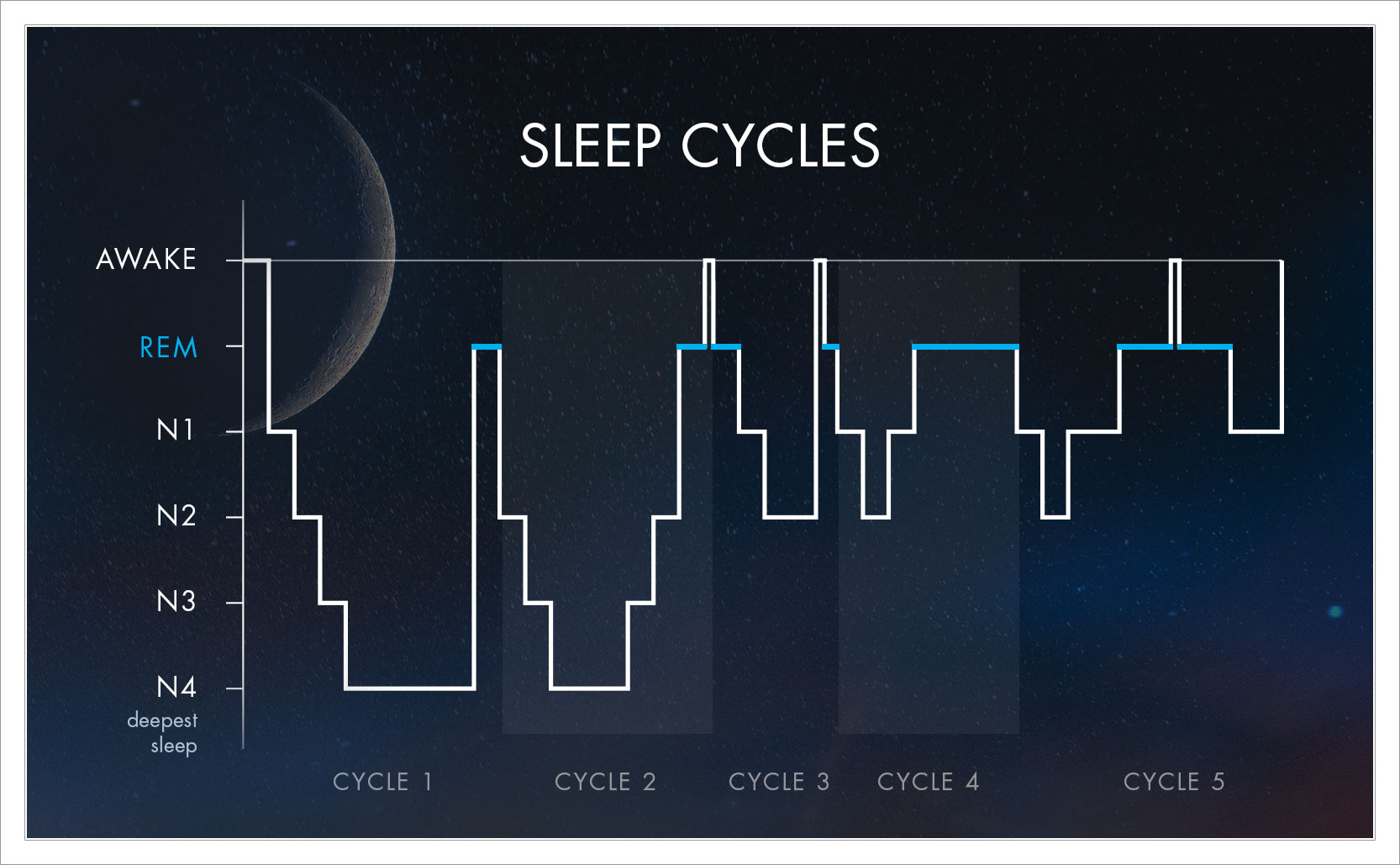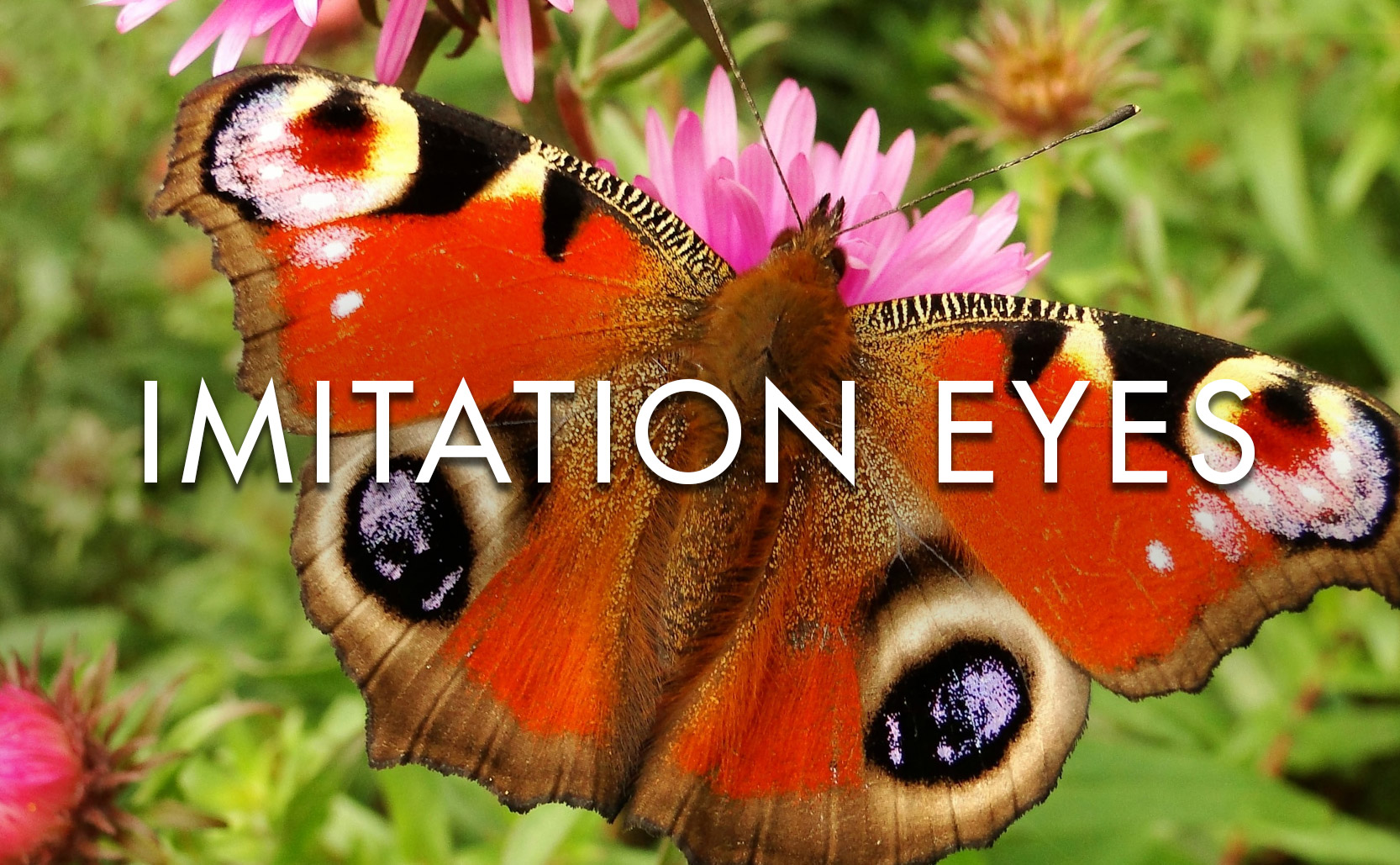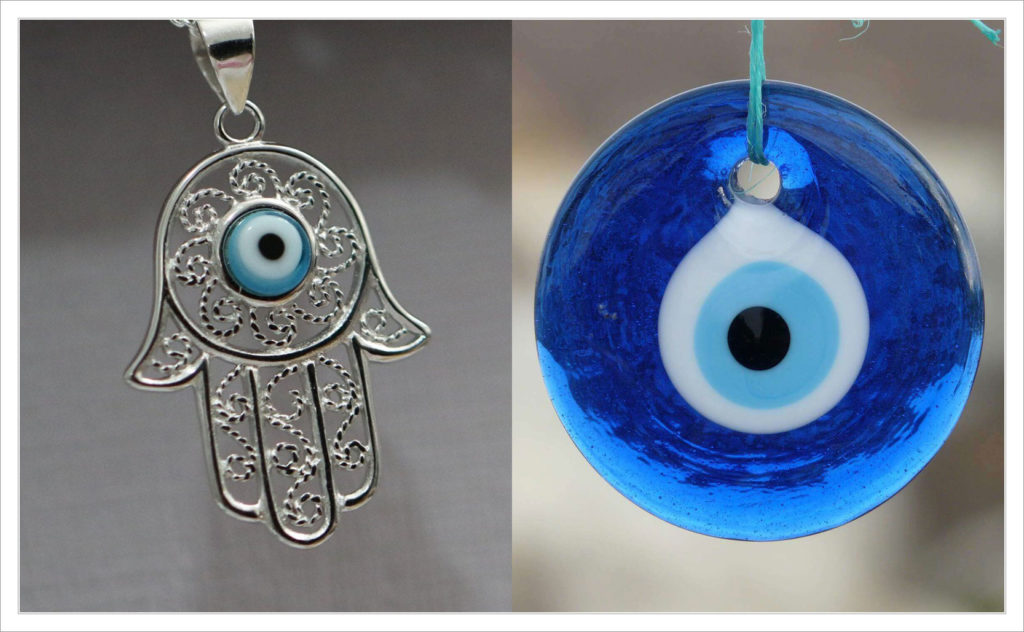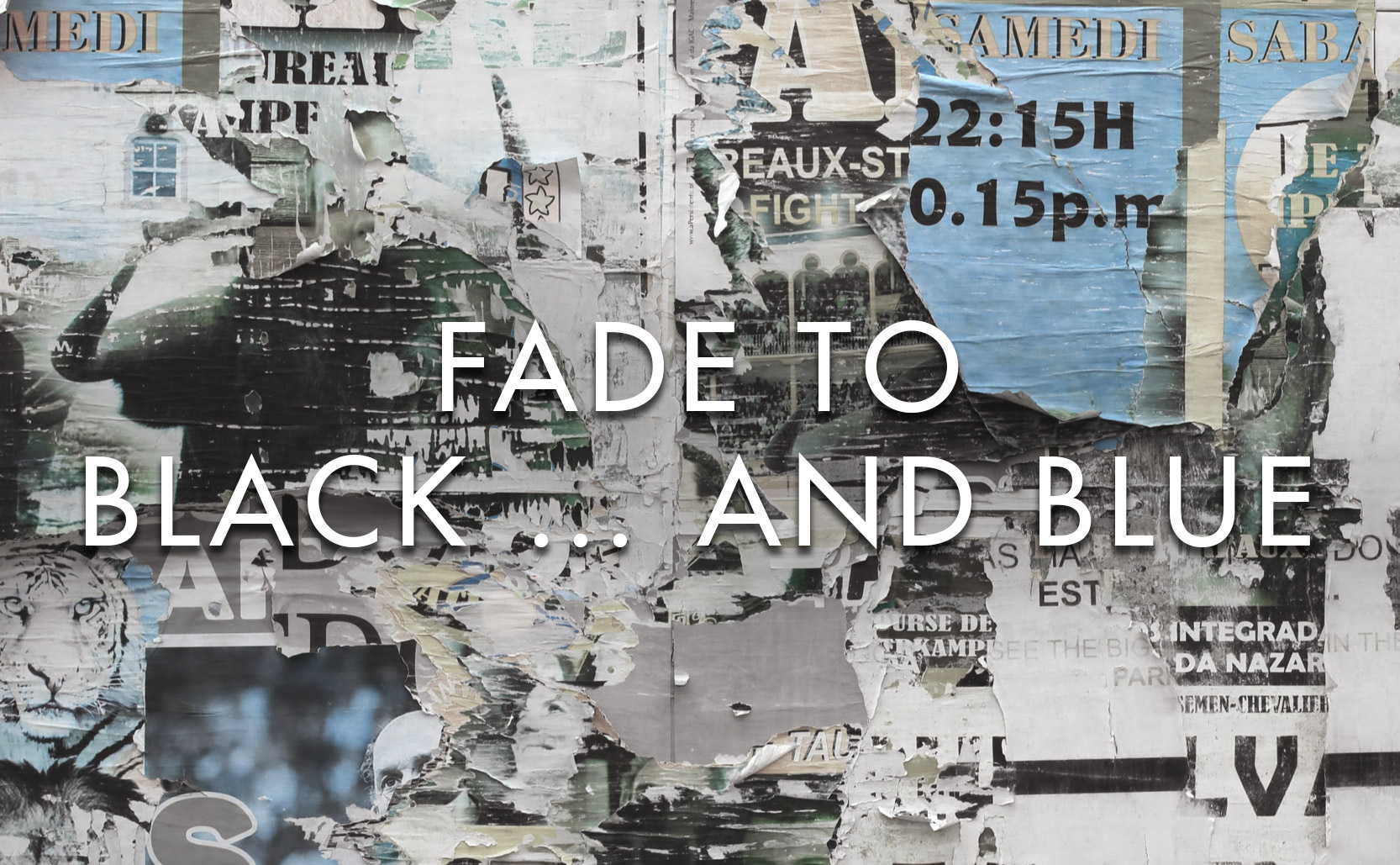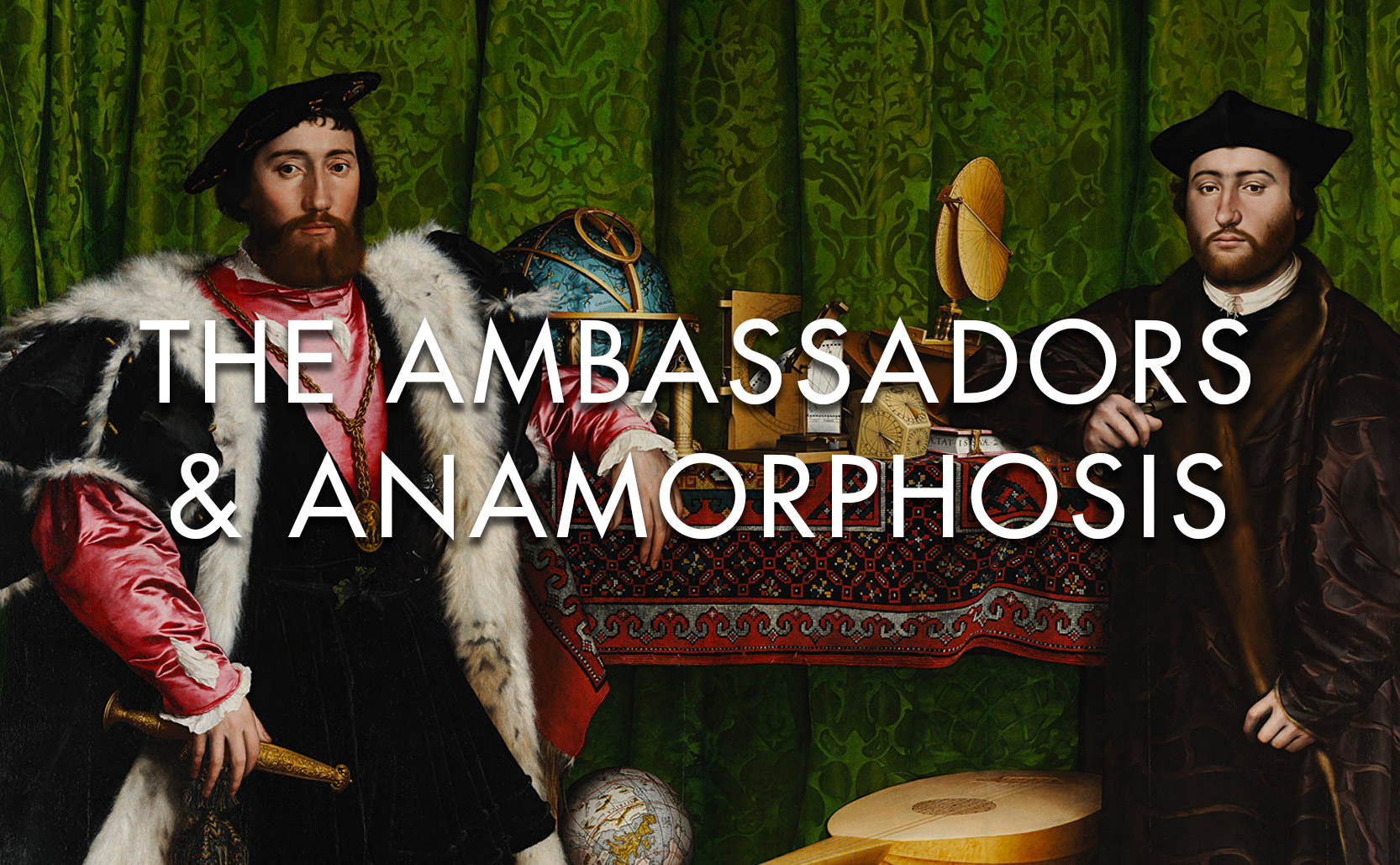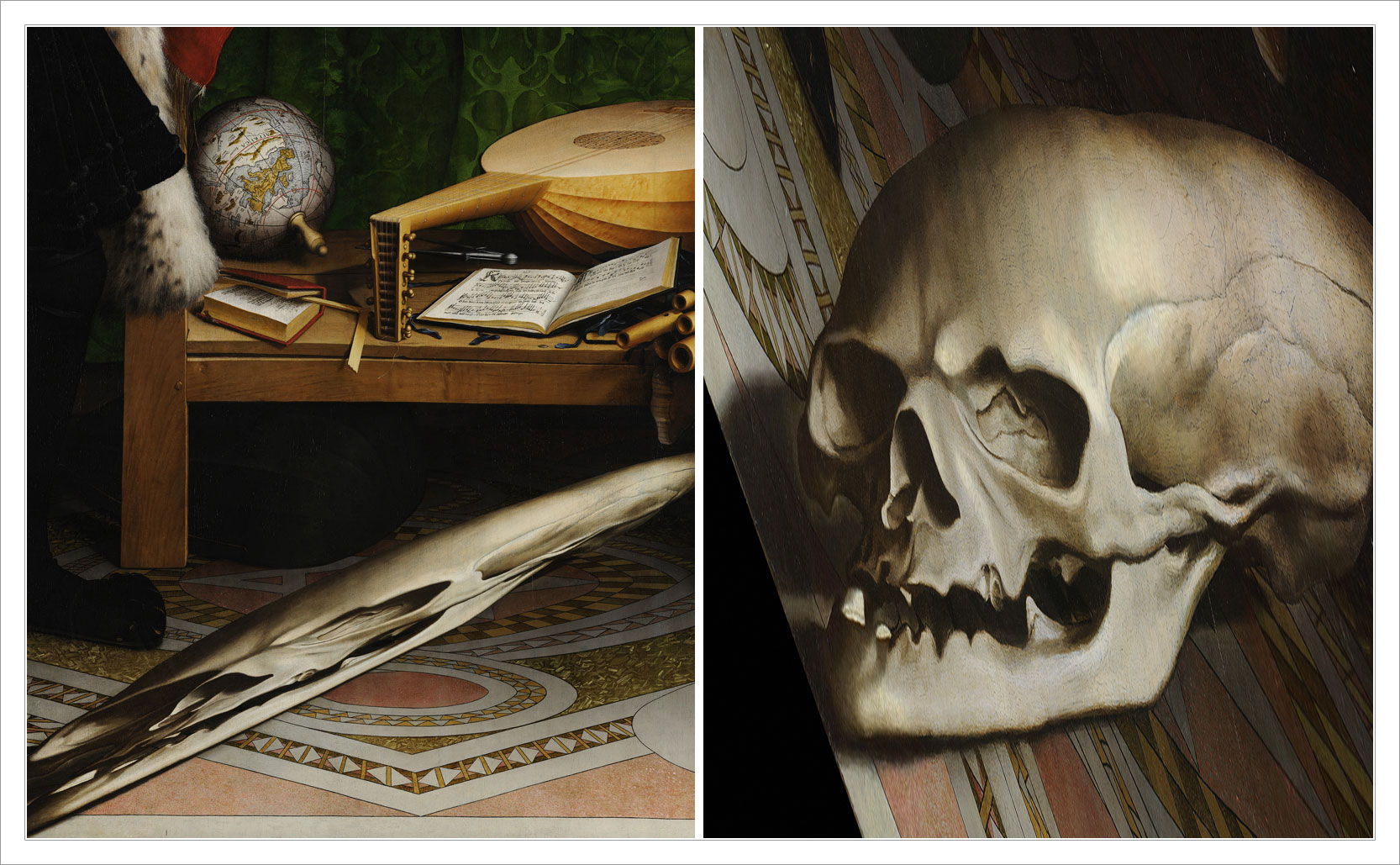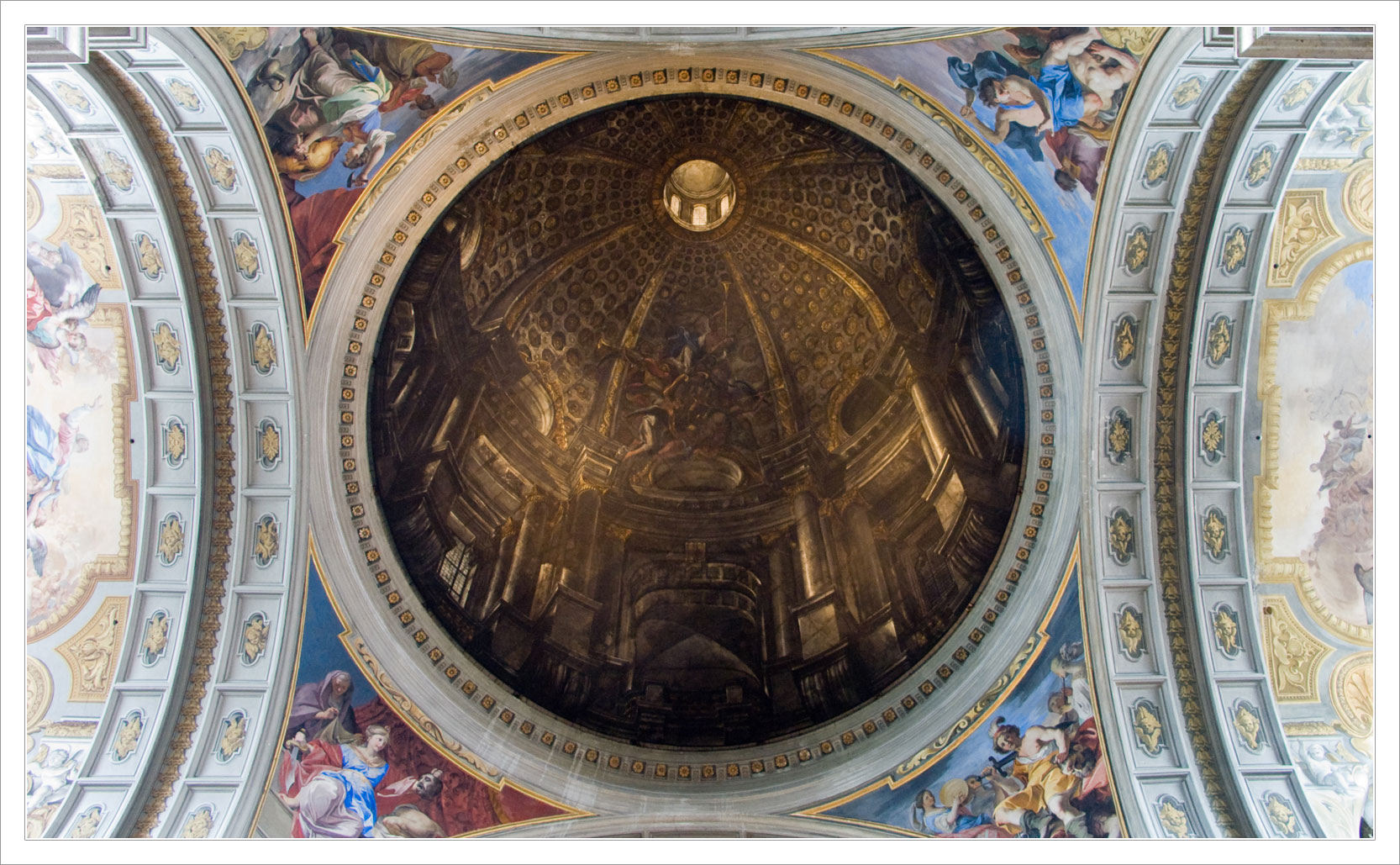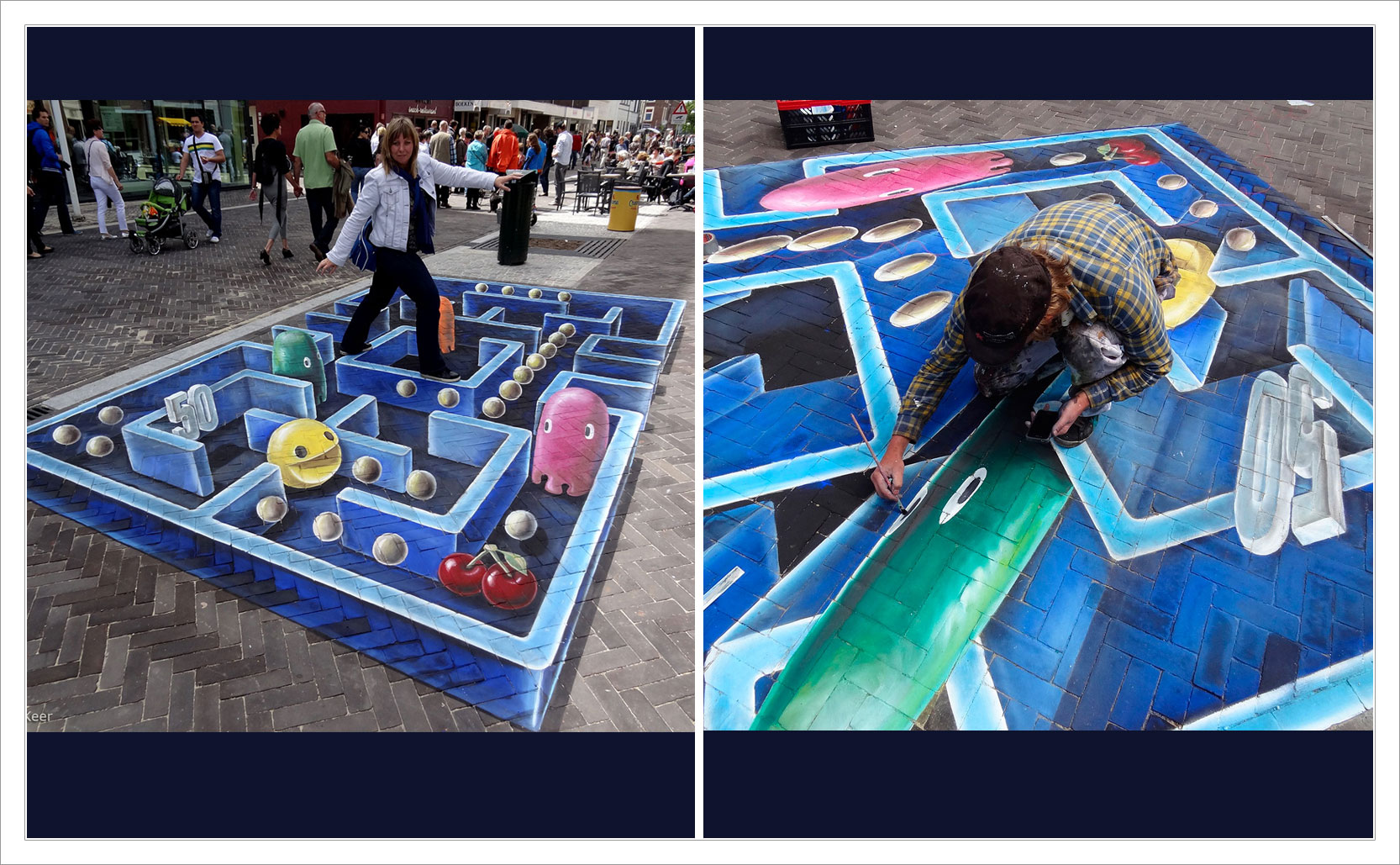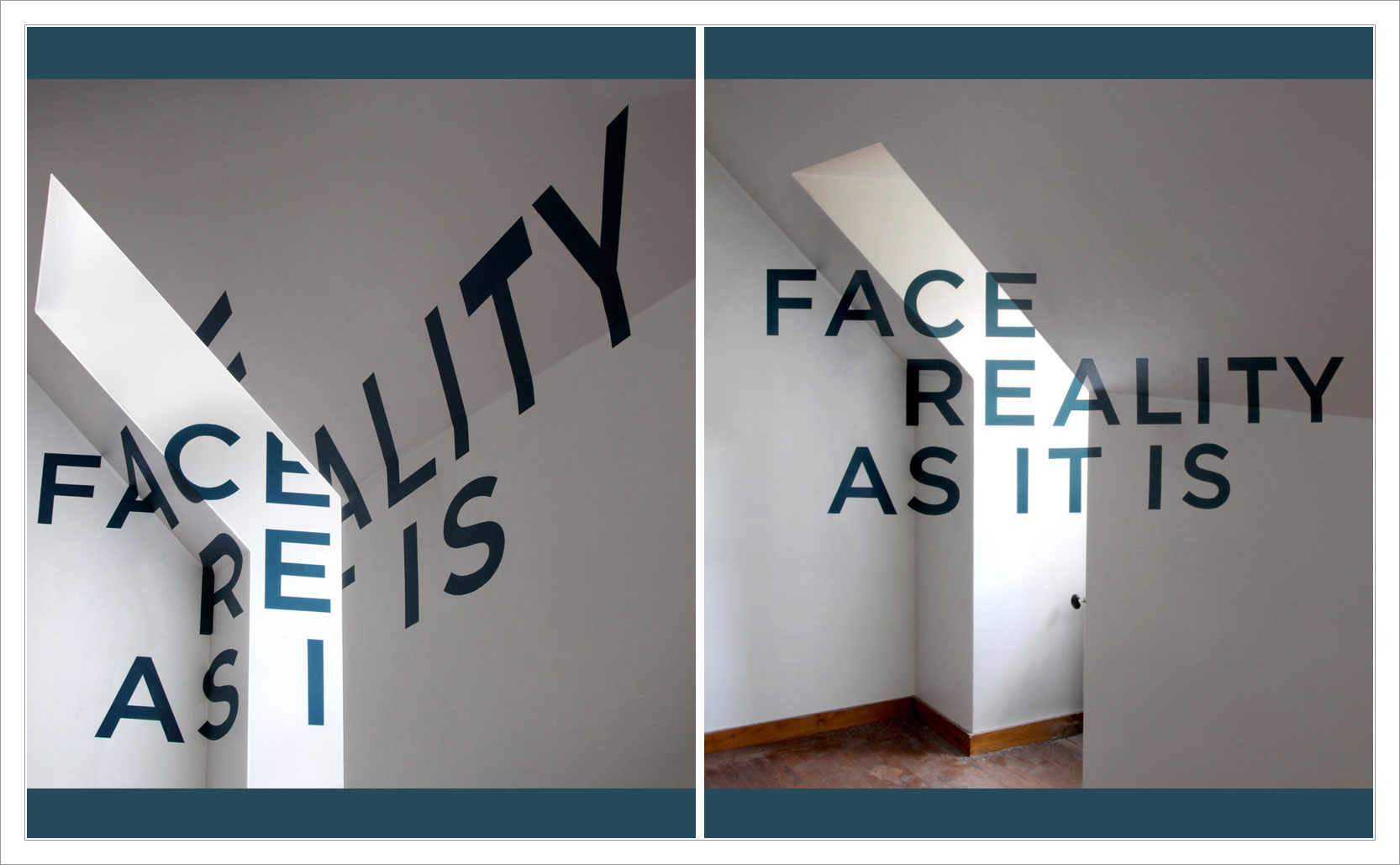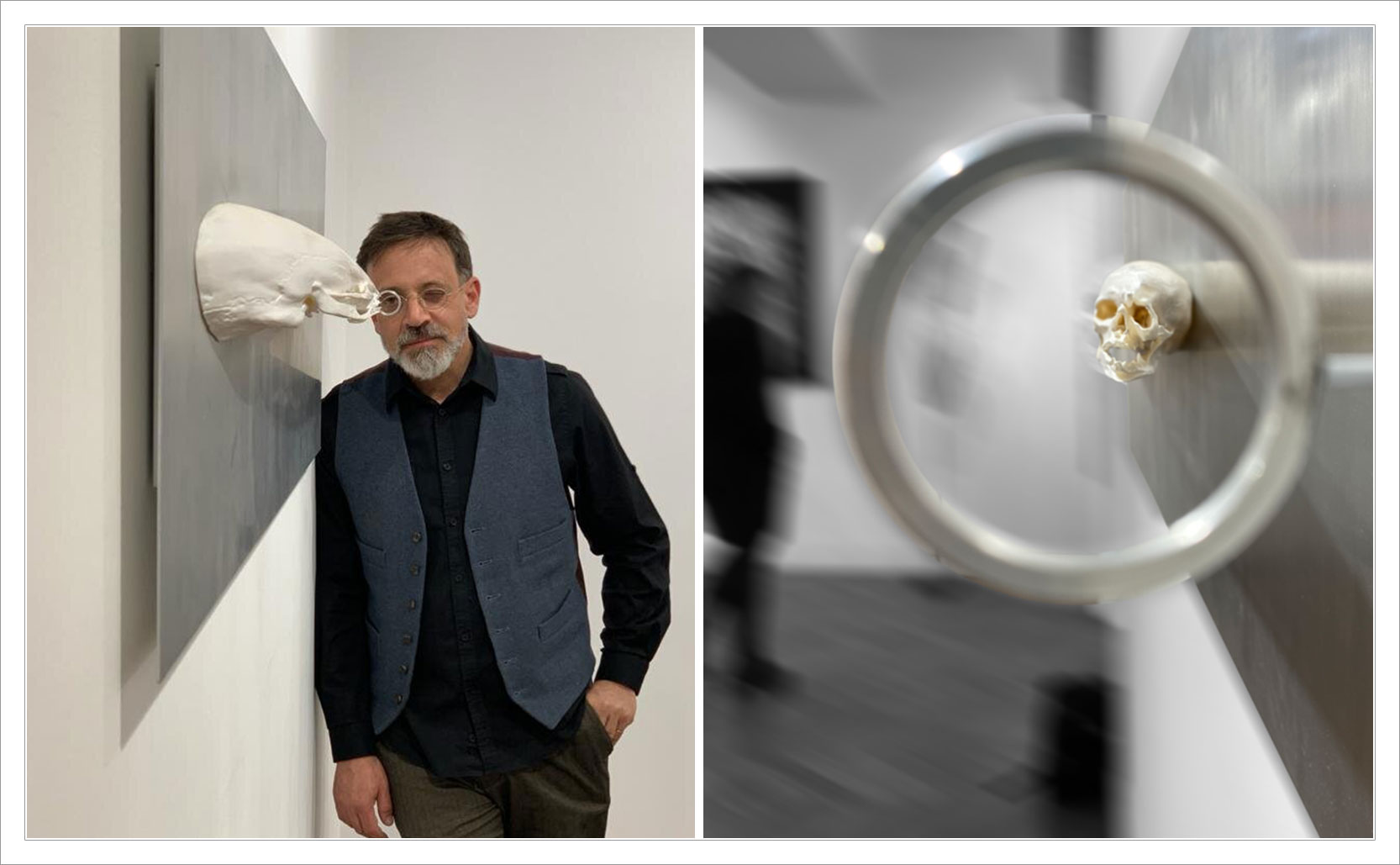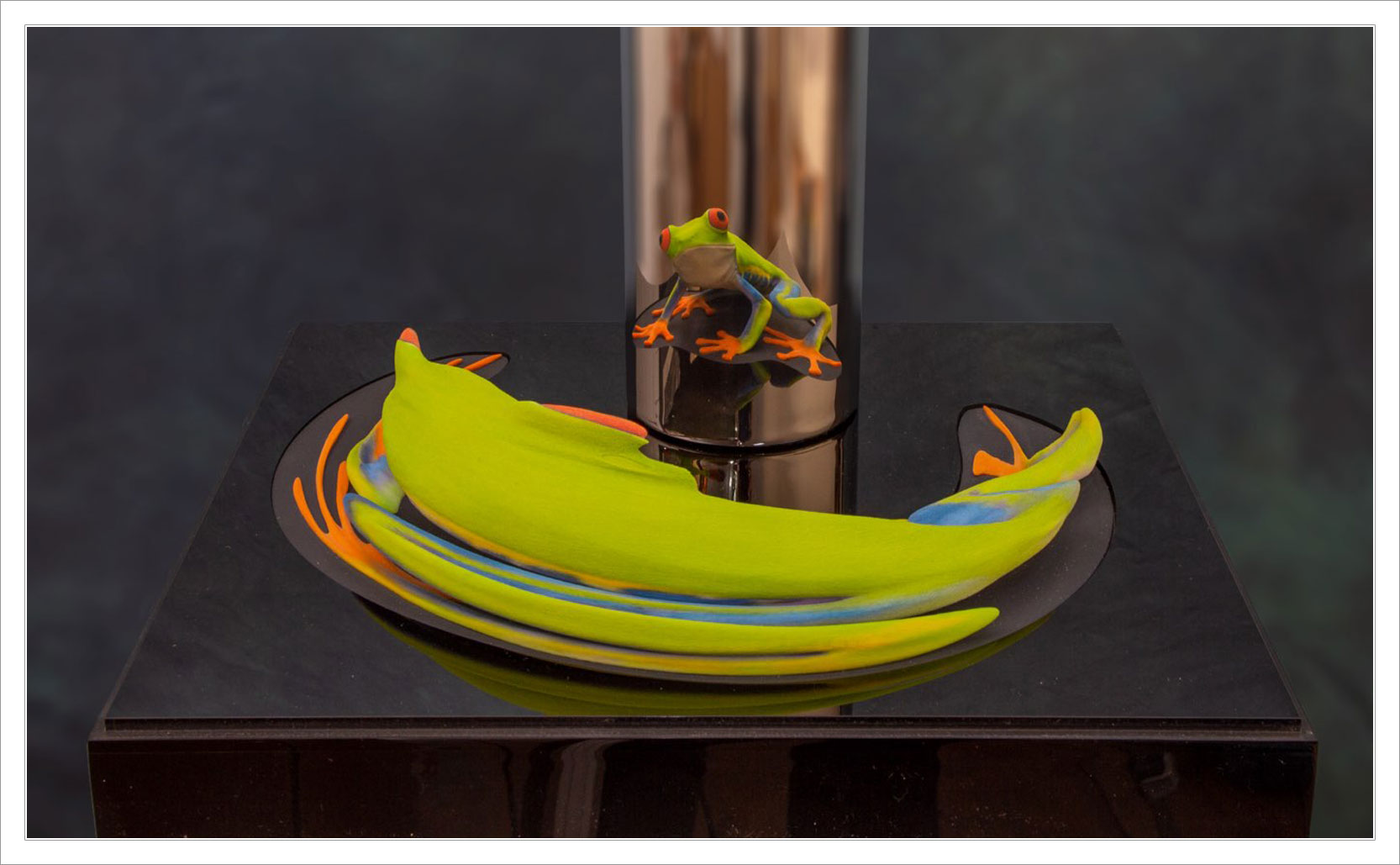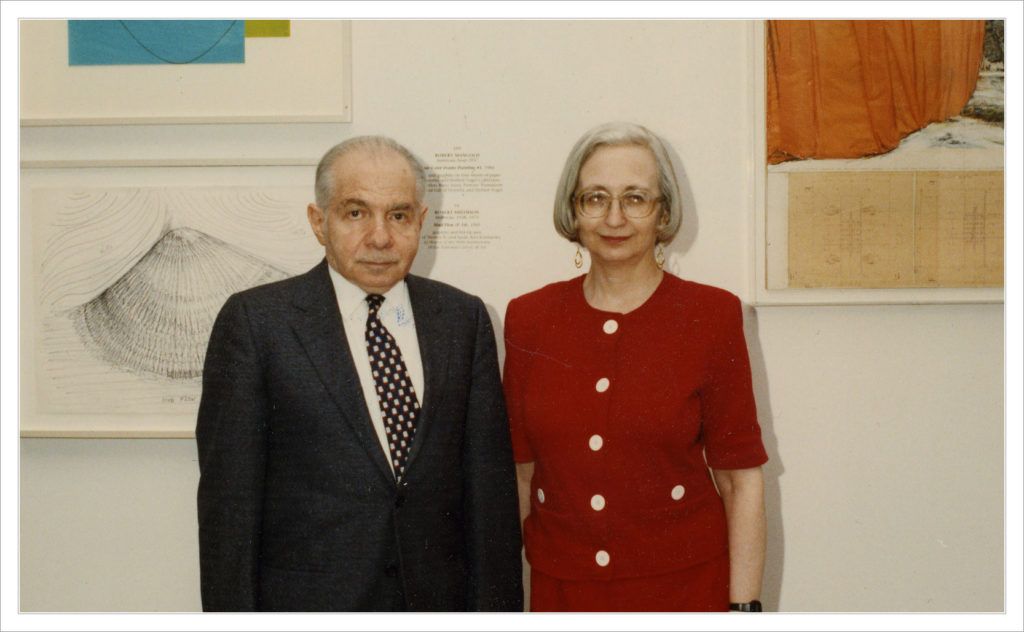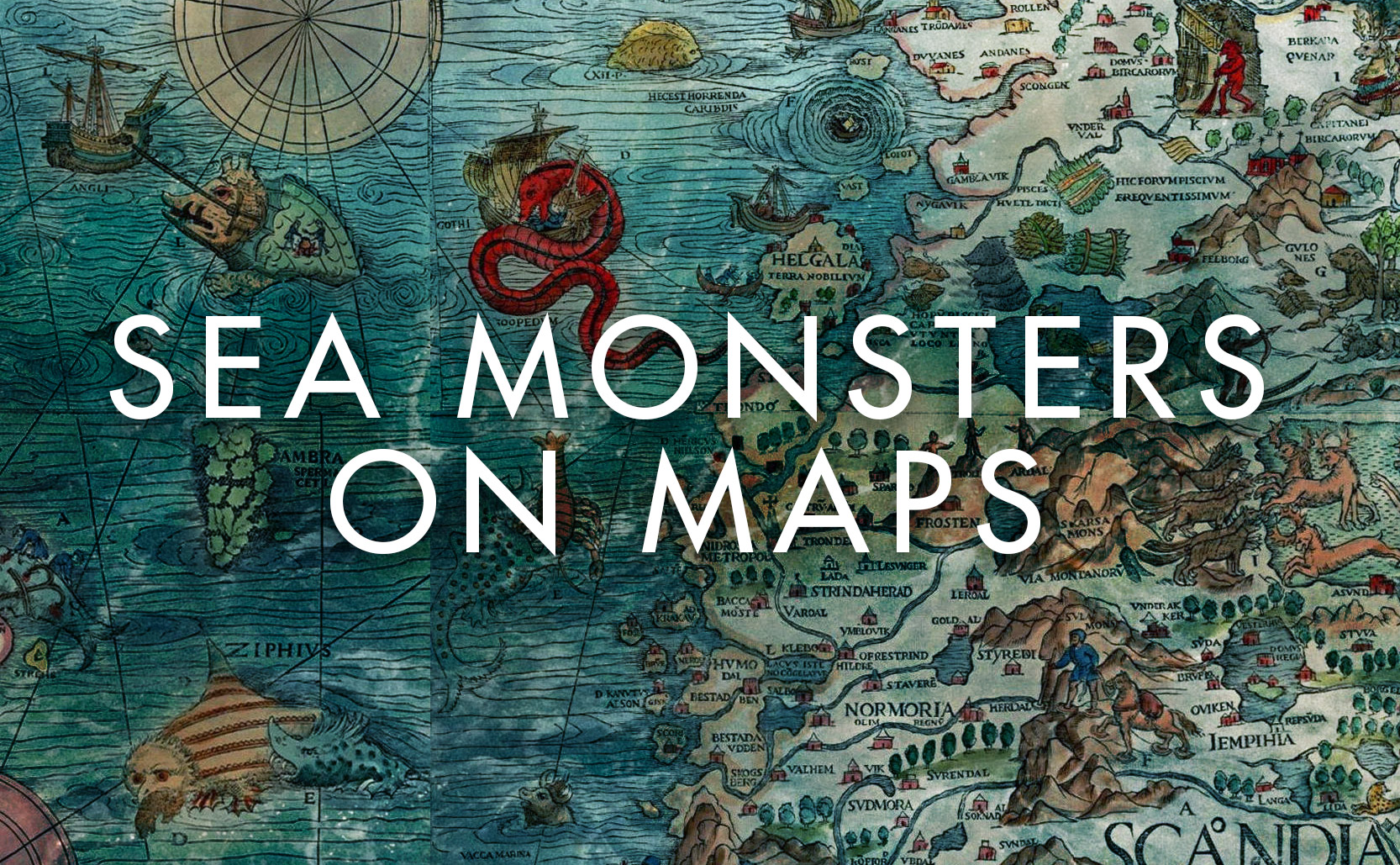Pain Medications: What’s the difference?
Common pain medications are similar but have a few differences, and generic drugs are just as good as brand names.
When looking for pain medication there are more than enough options to induce the paradox of choice. The key is in knowing what active ingredient will treat the problem you have. Most pain medications will treat basic aches and pains but they also have different strengths & weaknesses. The following are an introduction to the four most common active ingredients in most pain medications.

Aspirin (acetylsalicylic acid)
Aspirin was the first modern pain reliever. An example of multiple discovery, both the ancient Sumerians as well as some pre-Colombian Native American tribes used the bark of the willow tree to relieve fevers & pain. Willow tree bark contains salicin which is metabolized into salicylic acid in the human body, something not understood until the early 19th century. Early synthesized versions of salicin were irritating to the stomach. It took until 1897 for the German corporation Bayer to begin mass producing a synthesized version known as acetylsalicylic acid that was kinder on the stomach. Bayer branded their product Aspirin and it quickly became the number one drug in the world.
Aspirin (when spelled with a lowercase “a”) has become the generic name for the active ingredient acetylsalicylic acid. The Bayer corporation “lost” their patent for the drug as a part of the fallout from WWI. Today it is the one of the most widely used medications in the world with about 120 billion tablets consumed each year. While it is used for pain & fever, it’s especially useful for a variety of heart problems.
Aspirin is best used for:
• reducing hear-attack risk / severity (by thinning blood), mild aches & pains, headaches
Aspirin is not great for:
• more severe pain

Ibuprofen
Ibuprofen was developed by Dr. Stewart Adams in the 1960s as an alternative to aspirin for the English company Boots. Adams said he initially tested the drug on his own hangover. Boots sold the drug under the brand name Brufen but today ibuprofen is the active ingredient in a long list of brand name pain reliever drugs. It’s considered the best common pain reliever, better than aspirin.
Ibuprofen is best used for:
• aches & pains, headaches (and hangovers), reduces inflammation and relieves arthritis, reduces fever, relieve menstrual cramps
Ibuprofen is not great for:
• chronic headaches

Naproxen
Naproxen is similar to Ibuprofen. While its effects take longer to kick-in they last longer. The effects of ibuprofen last 4-6 hours, naproxen’s effects last 8-12 hours.
Naproxen is best used for:
• very similar to ibuprofen but its effects last longer
Naproxen is not great for:
• quick relief because it takes longer to kick-in than ibuprofen

Acetaminophen (Paracetamol)
Acetaminophen can help treat pain and reduce fevers on its own, but it is also found in combination with other drugs such as in cold & cough medicines. While aspirin, ibuprofen, and naproxen are all nonsteroidal anti-inflammatory drugs (NSAIDs) and help treat inflammation, acetaminophen is not an NSAID and so it treats pain but not any underlying inflammation.
Acetaminophen is best used for:
• bringing down a fever, aches & pains, headaches
Acetaminophen is not great for:
• inflammation and joint pain
Go Go Generic
When you have decided which active ingredient you want relieving your pain the next question is if you should buy name brand or generic store brand. In short: buy generic.
When you buy a name brand pain reliever you are largely paying for marketing. In the United States a generic drug’s active ingredient is required by law to have the same strength as the brand name equivalent. It also has to work the same way in your body (it has to be bioequivalent). Also, like many white label goods, generic drugs are frequently made by the same company making the name brand equivalent.




